Knowledge is power, they say, but when it comes to knowing how much electricity their home is using, most consumers are in the dark. In fact, consumers, on average, spend about 6 minutes per year interacting with their electric utility. Because of that, they're missing out on opportunities to save some power -- and money. That's beginning to change.
A year ago, the White House Office of Science and Technology Policy launched the Green Button initiative. The premise was to make it easy and fun for consumers to learn how much electricity their home was using. So far, it's working according to plan.
Twenty electric utilities -- representing almost 30 percent of the nation's residential customers -- have voluntarily created, or have committed to create, a "Green Button" on their website, according to a new report by IEE, an institute of the Edison Foundation. Now, whenever they want, consumers can visit their utility's website and download data about their home's energy use.
To make them actually want to do so, Green Button also specified that participating utilities would agree to use the same, standard XML format to present the data. This standardization requirement was vital.
It recognized that although giving consumers the ability to download their data into an Excel document would help them to analyze it, few -- other than hard core tech geeks -- would actually want to do so. Innovative energy-saving apps would be needed: both to get consumers to download their data, and to enable them to easily make sense of how to use it to save energy and money.
But to create the apps, tech companies and software developers would need an energy software market large enough to justify their investment. Presenting the Green Button data in a standardized format -- versus every utility using a unique format -- creates this market place.
To further encourage app developers, the Department of Energy partnered with Itron and PG&E this past spring to host the Apps for Energy Challenge. In just two months, the competition attracted over 12,000 followers and helped facilitate the development of 56 Green Button enabled applications.
Leafully captured first place and the $30,000 grand prize in the Apps for Energy Challenge. Consumers send their Green Button data to Leafully, which then loads the usage information into graphs that show consumers how their daily consumption compared with that of previous periods.
To illustrate their impact on the environment, the program calculates how many trees would be needed to offset the carbon dioxide emitted to support their level of energy consumption. Leafully encourages users to set energy savings goals and to share their progress on Facebook.
Thirty-six technology companies are now developing Web and smartphone apps for consumers to use their Green Button data. These tools can help consumers choose from among available electricity rate plans, deliver customized energy-efficiency tips, and conduct virtual energy audits that can cut their home energy costs.
Looking ahead, with more utilities and technology companies committing to Green Button, the crucial link now becomes the customer. I think the initiative must advance in at least three areas to really get consumers involved with Green Button:
· Instead of today's two-step process, where consumers download their energy data and then manually upload it to a third-party app, creating an automatic transfer method, where the customer clicks a button to push the data to a third-party, will inspire consumers to do so.
· To automate the data transfer, utilities and their state regulators will need to identify the proper protocols for disclosing customer usage data to third parties. As a first step, the data authorization process must be easy and include electronic data access authorizations (similar to signing up for paperless billing).
· Creating a 'go-to' marketplace for Green Button applications will help to get more consumers to find and use them.
Green Button is off to an impressive start. Once pushed, Green Button can help consumers take control of their home's electricity use, and it can unleash the innovation cycle for energy usage data.